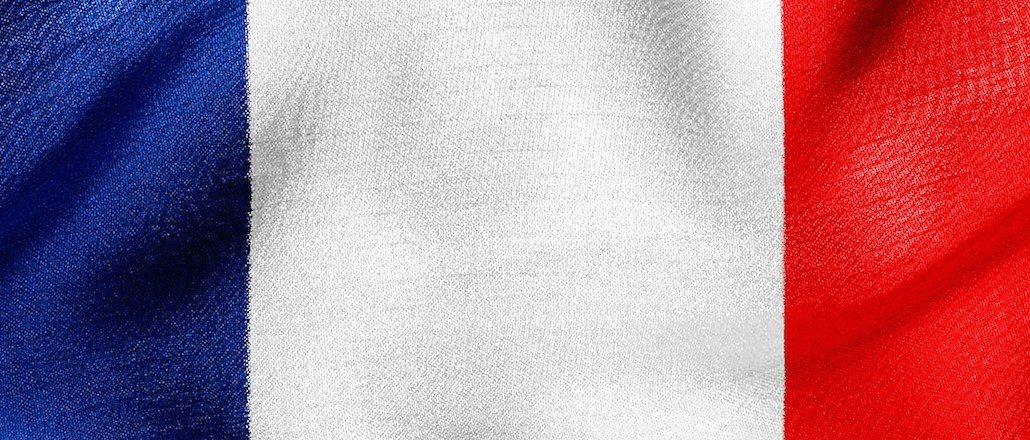
This is Global Creative, a series by Digiday that highlights the nuances of advertising scenes in different parts of the world through the eyes of an established local creative.
Ah, France: Land of wine and cheese, high fashion and … killer advertising?
La belle France is home not only to The Cannes Lions Creative Festival but also to Havas and Publicis, two of the top five global advertising holding companies. Most of the world’s top advertising networks, from Saatchi & Saatchi to Ogilvy & Mather have outposts in Paris. Further, France is also a playground for international marketers like Coca-Cola and Burger King to French brands like Hermès and L’Oréal.
Just like French culture, French advertising lays the sensuality, style and poetry on thick, according to Baptiste Clinet, executive creative director at Ogilvy Paris. Clinet oversees the agency’s multicultural and award-winning creative department with a roster of clients including The Coca-Cola Company, Perrier, Scrabble, Jean Paul Gaultier, Nestlé, Netflix and Allianz. He took us through the hallmarks of today’s French advertising:
Smaller agencies are on the rise.
The world’s biggest agencies and networks — BBDO, J. Walter Thompson, Grey and DDBA — have all had outposts in France for years, though several smaller multinational agencies have gained traction in recent years. Fred & Farid, Publicis’ Marcel, Buzzman, AKQA and Sid Lee have all been doing some of the most recognized work there over the last couple of years.
“France is a smaller market, and most clients have been traditionally very cautious,” Clinet told Digiday. “But that has changed with smaller and independent agencies, who are cheaper, faster and more nimble.”
Parisian agency Buzzman, for example, has gotten props for its social campaigns for Burger King in France, using people’s angry tweets on construction panels to announce a new location.
Print and outdoor campaigns are giving way to digital, mobile and experiential ones.
Print and outdoor campaigns dominated the French market until a few years ago, said Clinet. But things have increasingly shifted towards digital and experiential.
This work by AKQA Paris, for instance, created a platform that took the charged experience of watching soccer at Parc des Princes stadium to fans even outside the stadium. It let fans explore the stadium through a 360-degree interactive experience, available on desktop and mobile, even deploying the virtual reality technology made possible by Google Cardboard headsets. More than 10 times the capacity of Parc des Princes joined the experience.
“France wasn’t a very innovative country five years ago but digital and mobile has exploded in recent years,” said Clinet.
French advertising is grounded in history.
While the sexy and sophisticated Golden Age of French television advertising — which kicked off in 1968 and peaked in the 1980s — may be over, according to Clinet, advertising in France is strongly influenced by the country’s intellectual and philosophical history. A lot of the newer work takes this a step further and is guided by deep consumer insights and attempts to offer smart solutions to marketing problems.
For example, Ogilvy Paris developed the “United for Healthier Kids” program for Nestlé, for which it brought together economists, nutritionists and designers to come up with ways to inspire kids to eat more healthily. One product that came out of the project: Story Plate, a plate that comes with interchangeable “landscapes” to encourage kids to make stories with vegetables on their plate.
“It might be a cliché, but we’re a very intellectual country, and that runs deep in our DNA,” he said.
International creative talent is in abundance.
Talent and diversity may be big concerns for agencies in the U.S., they haven’t historically been pressing issues for French agencies, according to Clinet. Talent is often recruited from major business schools and France’s diversity is also reflected in agencies at large. Ogilvy Paris itself has people of 23 different nationalities who speak 37 different languages.
“The range of international clients and types of agencies here — from international agencies to small, indie shops — draw people from around the world,” said Clinet. “Having different points of views helps push creativity a lot. We are able to surprise our clients with unexpected solutions.”
Homepage image via Shutterstock.
More in Marketing

Zero-click search is changing how small brands show up online — and spend
To appease the AI powers that be, brands are prioritizing things like blogs, brand content and landing pages.

More creators, less money: Creator economy expansion leaves mid-tier creators behind
As brands get pickier and budgets tighten, mid-tier creators are finding fewer deals in the booming influencer economy.

‘Still not a top tier ad platform’: Advertisers on Linda Yaccarino’s departure as CEO of X
Linda Yaccarino — the CEO who was never really in charge.





